From all the types of emails utilized in digital communication, transactional and marketing emails stand out for their specific functions and impacts.
They might look similar to each other, but believe us – they have as much in common as… not.
Today, we’ll show you what brings them together and what drifts them apart.
What is Transactional Email?
A transactional email is a type of email sent to facilitate an agreed-upon transaction between the sender and the recipient. It is typically automated and triggered by the user’s actions.
When to Send Transactional Emails
While there are many use cases to discover here, the main ones include:
- Account Creation: Sent when a user signs up for a service, confirming their new account.
- Password Resets: Issued upon a user’s request to change or recover their password.
- Order Confirmations: Dispatched after a purchase to confirm the details of the transaction.
- Shipping Notifications: Sent to update customers on the status of their order’s shipment.
- Support Requests: Triggered when a customer submits a request for assistance or support.
- Payment Receipts: Issued post-payment to provide proof of transaction and payment details.
- Appointment Reminders: Sent to remind customers of upcoming appointments or bookings.
Examples of Transactional Emails
#1 Sign-up Emails
These emails are crucial in setting the tone for the customer experience. They not only welcome new users but also provide guidance on how to get started with the service or product. Welcome emails are a key part of the customer success manager’s toolkit, helping to build a strong foundation for long-term customer relationships.
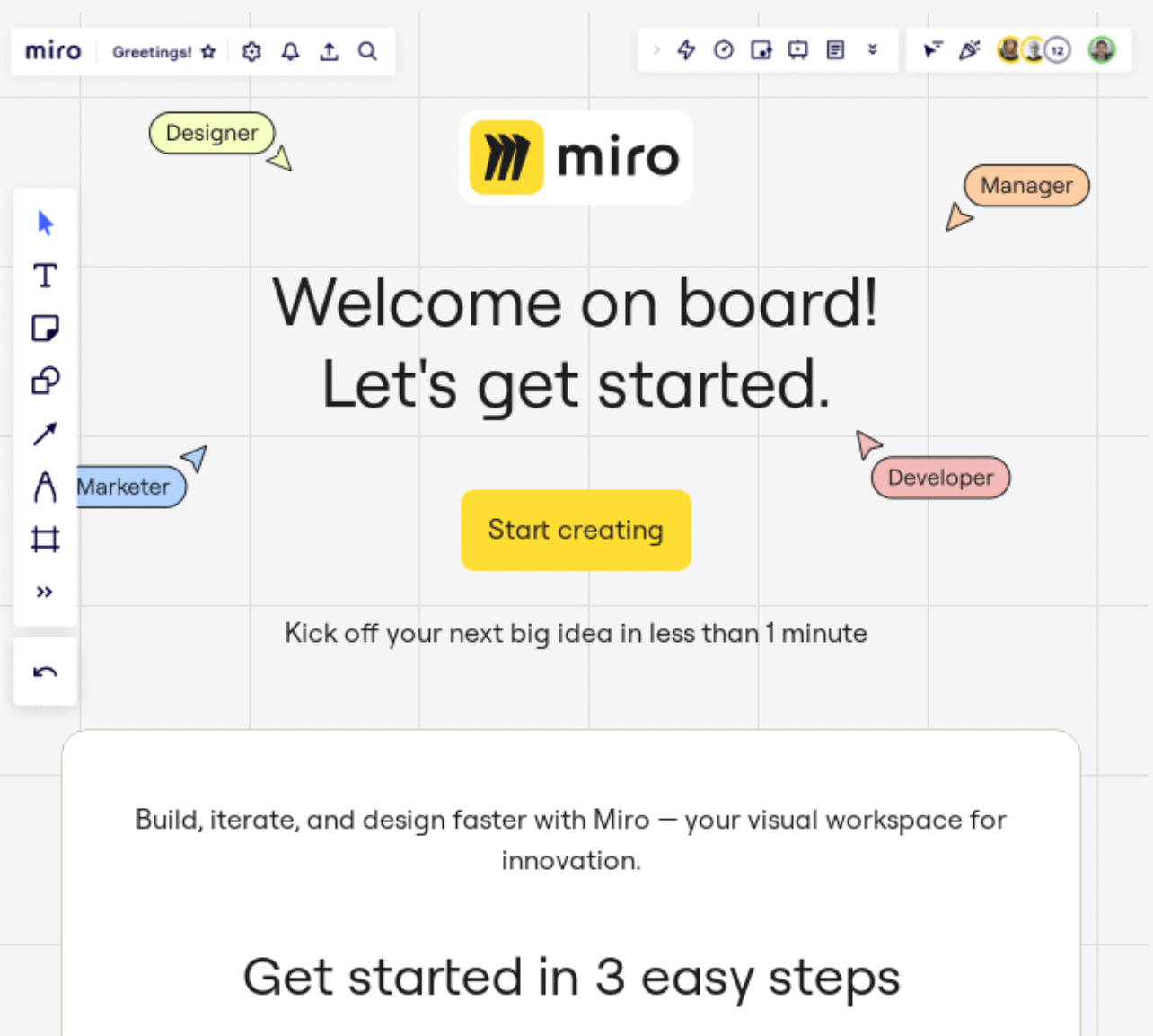
source: https://reallygoodemails.com/emails/welcome-to-miro-see-our-quickstart-resources
#2 Purchase Receipts
After a transaction, customers expect a prompt and clear confirmation. Purchase receipts serve this purpose, providing a detailed list of items bought and the total cost, which is essential for record-keeping. They are critical transactional emails that reinforce trust and transparency between the business and its customers.
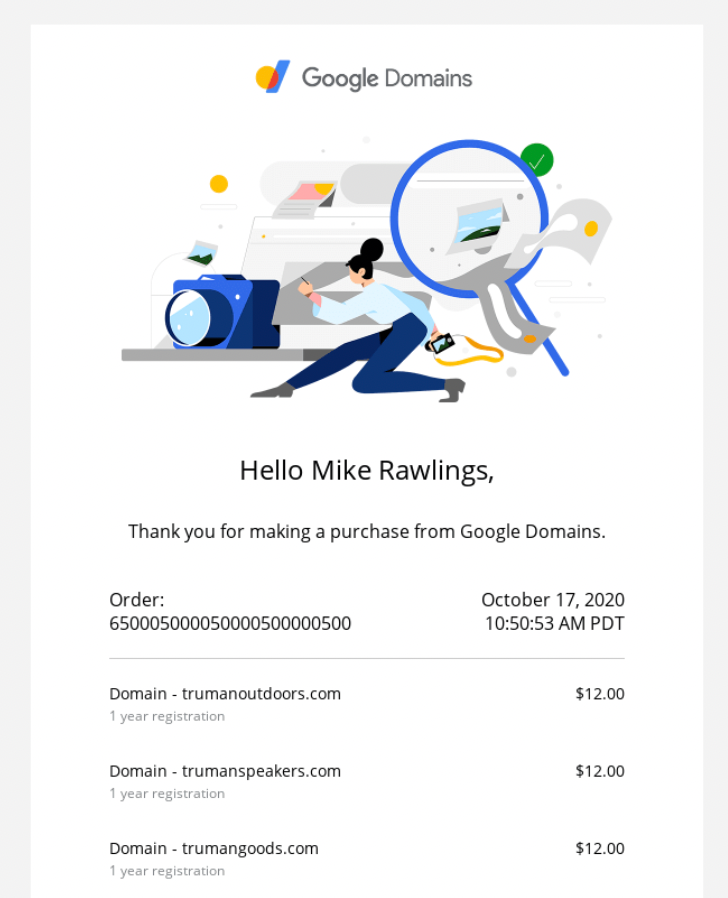
source: https://reallygoodemails.com/emails/your-google-domains-purchase-receipt
#2 Account Verification Emails
Essential for security and verification, these emails confirm that a user’s email address is valid. This step is crucial in protecting both the user and the service provider from potential fraud or human errors. Account verification emails are a standard practice in email marketing strategies to maintain domain reputation and sender reputation.
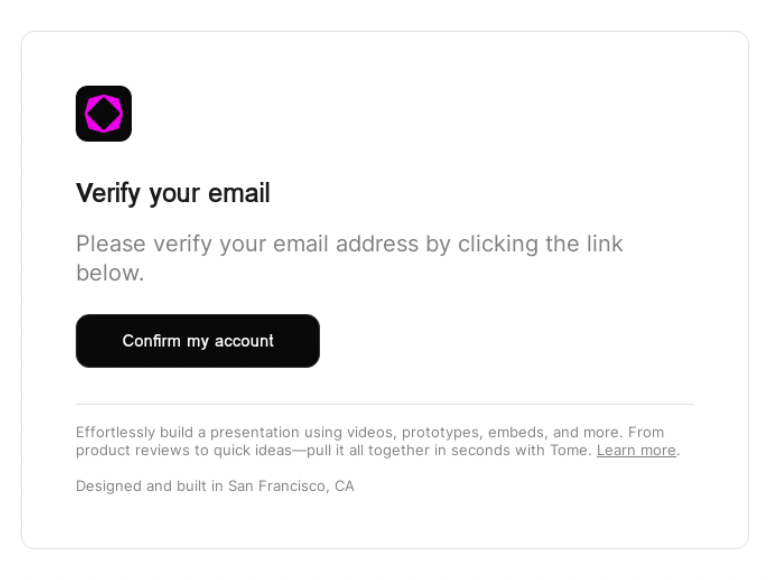
source: https://reallygoodemails.com/emails/verify-your-email-address-tome
#4 Event Reminder Emails
These emails are sent to ensure attendees remember and attend an event they’ve registered for. They often include key details like date, time, and location, and sometimes additional information or resources related to the event. Event reminder emails are a form of customer engagement, enhancing the overall customer experience.
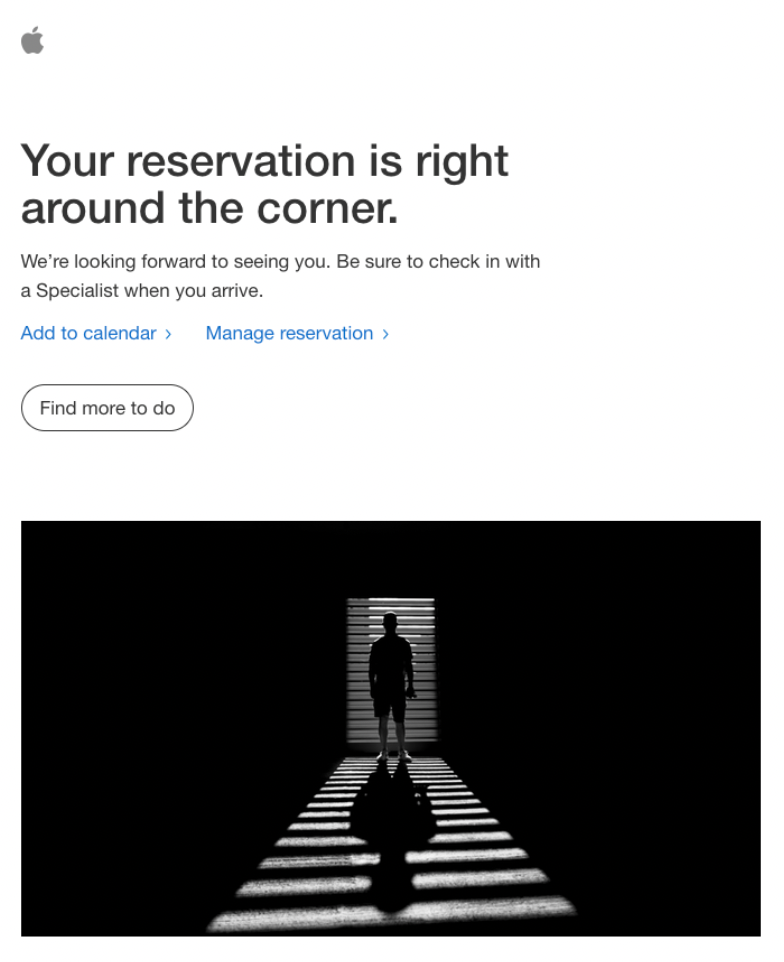
source: https://reallygoodemails.com/emails/its-almost-time-well-see-you-soon
#5 Feedback Request Emails
Sent after a purchase or service experience, these emails are vital for gathering customer feedback. They help businesses understand customer satisfaction and areas for improvement. Feedback request emails are a strategic component of email marketing, fostering a two-way communication channel between businesses and their customers.
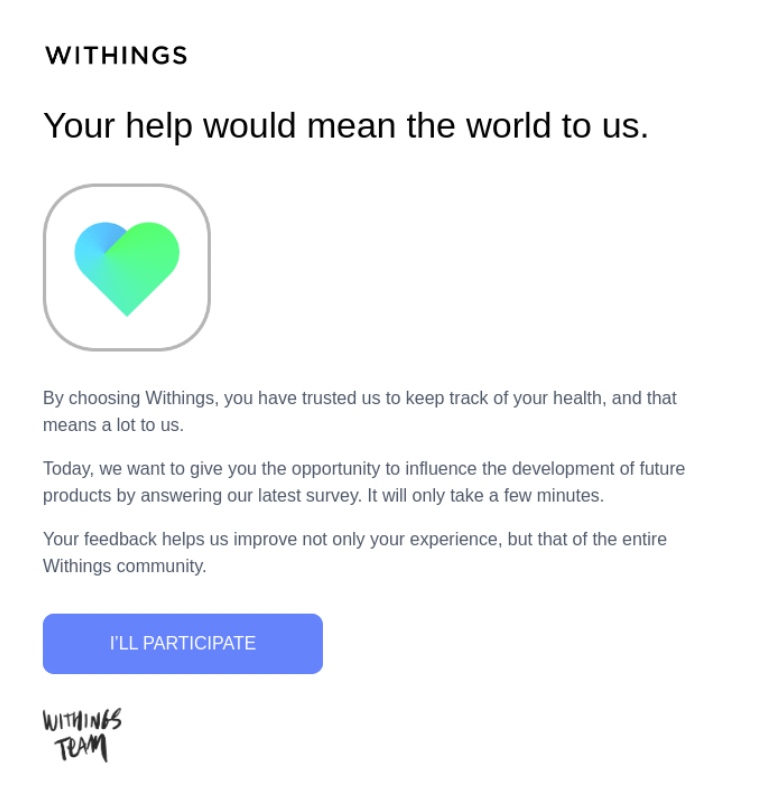
source: https://reallygoodemails.com/emails/help-us-help-you-smiles-davis
What is Marketing Email?
A marketing email is a type of email used primarily for promotional purposes, aimed at engaging, informing, and persuading potential or existing customers about a product, service, or brand.
When to Send Marketing Emails
- Product Launch Announcements: To introduce a new product or service to your audience, highlighting features and benefits.
- Promotional Offers: To inform customers about special deals, discounts, or sales, encouraging them to make a purchase.
- Newsletters: Regularly scheduled emails that provide valuable content, updates, and information to keep your audience engaged.
- Event Invitations: To invite subscribers to webinars, workshops, or other events, increasing awareness and participation.
- Customer Retention Campaigns: Sent to existing customers to encourage repeat business, loyalty, or to offer exclusive deals.
- Re-engagement Emails: Targeting inactive subscribers to rekindle their interest in your products or services.
- Feedback Requests: To gather customer opinions or reviews, which can enhance customer experience and product development.
Examples of Marketing Emails
#1 Welcome Email
Sent to new subscribers or customers, introducing them to the brand and setting the tone for future communications. This first touchpoint is crucial in building a relationship with the customer.

source: https://reallygoodemails.com/emails/welcome-to-patagonia-emails
#2 Seasonal Campaign Email
These emails capitalize on holidays or seasons, offering themed promotions or content relevant to the time of year. They are effective in creating a sense of urgency and relevance.

source: https://reallygoodemails.com/emails/summer-flash-sale-on-designmodo-50-off
#3 Abandoned Cart Email
Sent to customers who have added items to their cart but did not complete the purchase. This email aims to remind and persuade them to finalize their transaction.
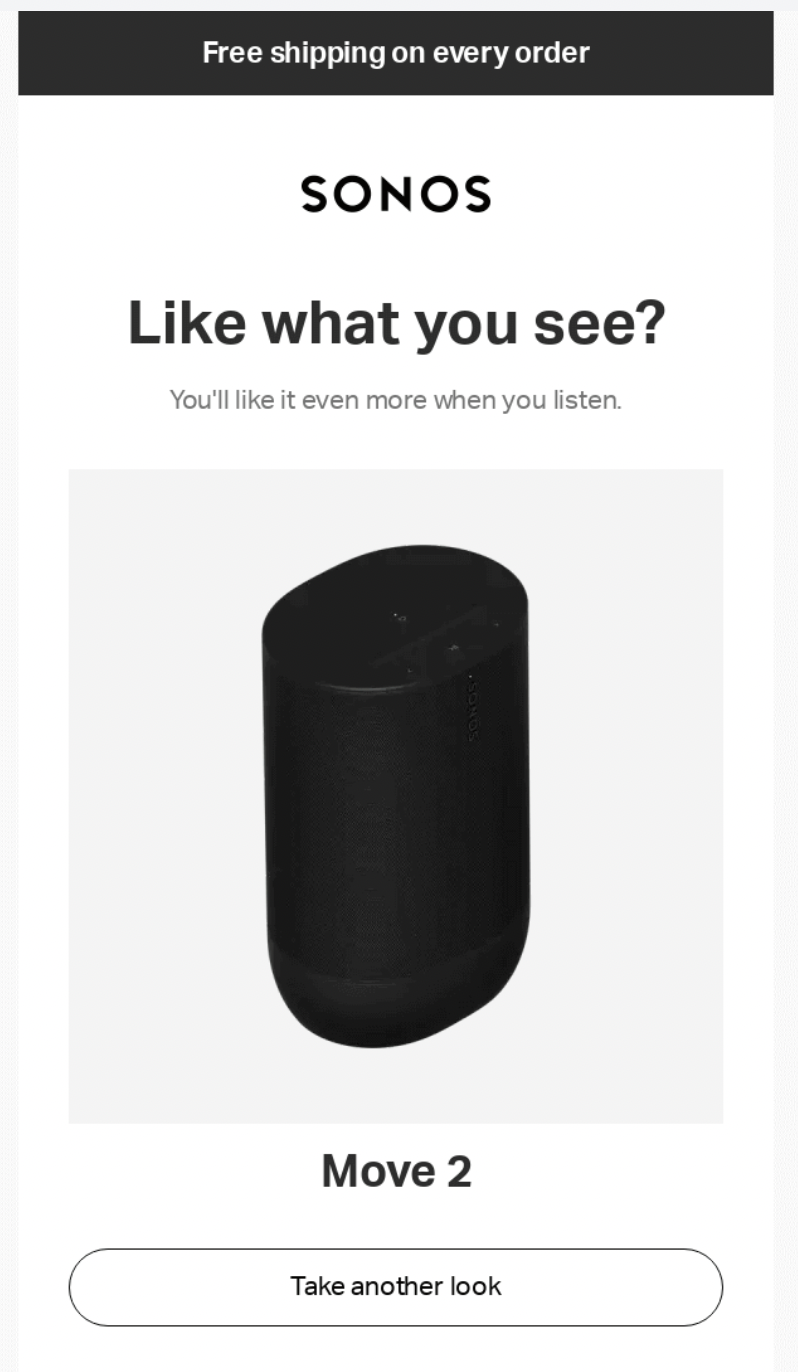
source: https://reallygoodemails.com/emails/circling-back
#4 Cross-Sell and Upsell Email
These emails target existing customers, suggesting related products or upgrades based on their purchase history, aiming to increase the customer’s lifetime value.
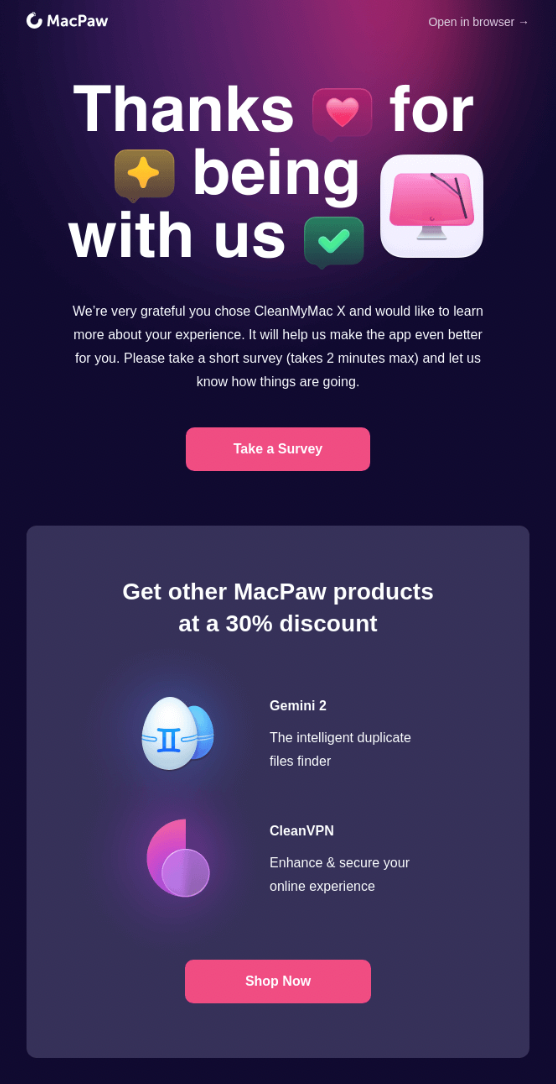
source: https://reallygoodemails.com/emails/just-a-thank-you-note
#5 Newsletter
Regular newsletters keep your audience informed about the latest news, tips, or updates related to your industry or brand. They are essential in maintaining ongoing engagement with your audience.
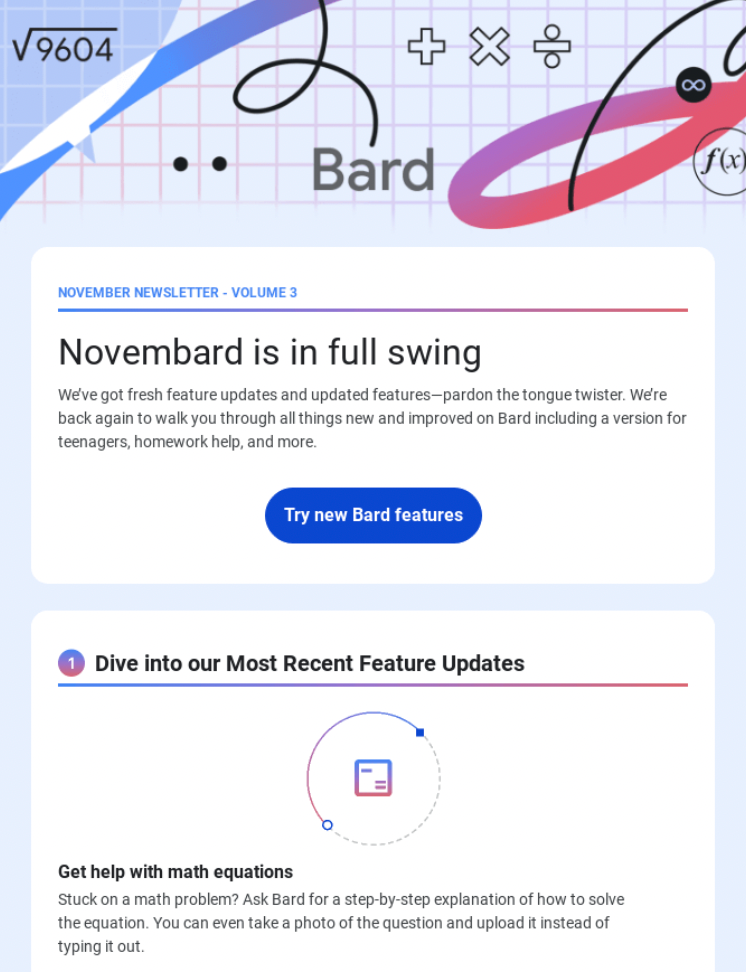
Source: https://reallygoodemails.com/emails/homework-help-charts-and-graphs-and-more
Incorporating these types of marketing emails into your strategy can significantly enhance your marketing efforts, helping to attract new customers, retain existing ones, and build a strong brand presence.
Similarities between Transactional Email vs Marketing Email
Transactional and marketing emails, though serving different purposes, share several commonalities in their use and impact in email marketing strategies.
- Use of Email Service Providers: Both types of emails rely on email service providers for delivery. These providers ensure that emails reach the recipient’s inbox efficiently, whether it’s a password reset email or a promotional offer.
- Part of Email Marketing Strategy: Transactional and marketing emails are integral components of a comprehensive email marketing strategy. They work together to enhance customer experience and communication.
- Focus on Customer Engagement: Both aim to engage customers, with transactional emails providing critical information like order confirmations, and marketing emails offering promotional content to drive sales.
- Can Influence Customer Satisfaction: The effectiveness of both email types can significantly impact customer satisfaction. Timely and relevant transactional messages or well-crafted marketing emails can enhance the overall perception of a brand.
- Subject to Spam Filters: Both transactional and marketing emails must navigate spam filters. It’s crucial for them to be correctly configured to avoid landing in the spam folder, ensuring they reach the intended audience.
- Need for Clear and Concise Messaging: Clarity and conciseness are key in both. Whether it’s a confirmation email or a marketing message, the content should be straightforward and easy to understand.
- Potential for Branding: Both types of emails offer opportunities for branding. They can be designed to reflect the brand’s image and values, whether it’s through the tone of transactional messages or the visual elements of marketing emails.
Differences between Transactional and Marketing Emails
Despite their similarities, transactional and marketing emails serve distinct roles and have several differences.
- Purpose and Content: Transactional emails are sent in response to a user’s action, like a password reset request, and contain information necessary for the transaction. Marketing emails, on the other hand, are designed to promote products or services and are not triggered by a specific user action.
- Sending Frequency: Transactional emails are sent on a one-to-one basis as and when needed, while marketing emails are often sent in bulk on a one-to-many basis, as part of a larger marketing campaign.
- Regulatory Requirements: Marketing emails typically require an unsubscribe link allowing recipients to opt out, as per email marketing regulations. Transactional emails, being essential for user interactions, do not necessarily need this feature.
- Personalization Level: Transactional emails are highly personalized, often containing user-specific information like order details. Marketing emails, while they can be personalized, are generally more generic in their messaging.
- Primary Objective: The primary goal of transactional emails is to convey important information or updates, such as shipping notifications. Marketing emails aim to drive engagement, sales, or brand awareness.
- Delivery Infrastructure: Often, businesses use separate IP addresses or domains for transactional and marketing emails to protect their sender reputation and ensure reliable delivery of critical transactional messages.
- Audience Targeting: Transactional emails are sent to existing customers who have completed a specific action. Marketing emails target both new and existing customers, aiming to attract, engage, and retain them with promotional content or offers.
Best Practices for Sending Marketing and Transactional Emails
Email deliverability is crucial in ensuring that both marketing and transactional emails effectively reach and engage the intended audience. Whether it’s for critical transactional messages like order confirmations or marketing communications like promotional emails, optimizing deliverability is key to successful email campaigns.
Ensure Timely Delivery
Timely delivery of transactional emails, such as password resets or order confirmations, is essential for customer satisfaction and trust. Delays in these emails can lead to customer frustration and may harm the perceived reliability of the service.
Maintain Separate IP Addresses
Using different IP addresses for transactional and marketing emails helps in segregating the sender reputations. This separation is crucial because transactional emails generally have higher open rates and are less likely to be marked as spam compared to marketing emails.
Personalize and Customize Content
Personalization in transactional emails, like including the customer’s name or account details, can significantly enhance the customer experience. It also helps in reducing the likelihood of these emails being mistaken for generic spam.
Adhere to Double Opt-In Practices
Double opt-in practices not only ensure compliance with email regulations but also enhance the quality of your mailing list by engaging only those who are genuinely interested in your content. This leads to higher engagement rates and better deliverability.
Regularly Clean Your Email List
Maintaining a clean email list by removing inactive subscribers and incorrect email addresses helps in reducing bounce rates and improving the overall effectiveness of your email campaigns. A healthy email list is a key factor in achieving optimal deliverability.
Segment Your Audience
Segmenting your audience allows for more targeted and relevant email content, which can lead to higher engagement rates. Tailored content resonates better with recipients, thereby improving open and click-through rates.
Monitor Feedback Loops
Monitoring feedback from inbox providers is essential to quickly address issues like spam complaints. This proactive approach helps in maintaining a positive sender reputation and ensures ongoing deliverability success.
Manage Your Sender Reputation
A good sender reputation is maintained through consistent sending practices, high-quality content, and engaging subject lines. This reputation is crucial for bypassing spam filters and reaching your audience’s inbox.
Use Reliable Email Service Providers
Choosing reputable email service providers is vital as they offer robust infrastructure and expertise in deliverability. They also provide valuable analytics and insights to further refine your transactional and marketing email strategies.
Include Clear Unsubscribe Options
Providing clear unsubscribe options is not only a legal requirement for marketing emails but also respects the recipient’s preferences, which can positively impact your brand’s perception. An easy opt-out process can reduce spam complaints and improve list quality.
Test and Optimize Your Emails
Regular testing and optimization of your emails can lead to significant improvements in engagement and deliverability. Experimenting with different formats, designs, and messaging helps in understanding what resonates best with your audience.
Can a Marketing Email be a Transactional Email (and Vice Versa)?
Transactional email examples include confirmation emails and password resets, typically sent by an email service provider following a user’s specific action. On the other hand, traditional marketing email examples encompass a range of promotional content, crafted to advertise products or services.
While a marketing and transactional email may occasionally overlap in content, such as a confirmation email including a promotional message, they are generally managed separately to ensure clarity and effectiveness. This separation is often maintained by email service providers and is a key difference understood by customer success managers.


